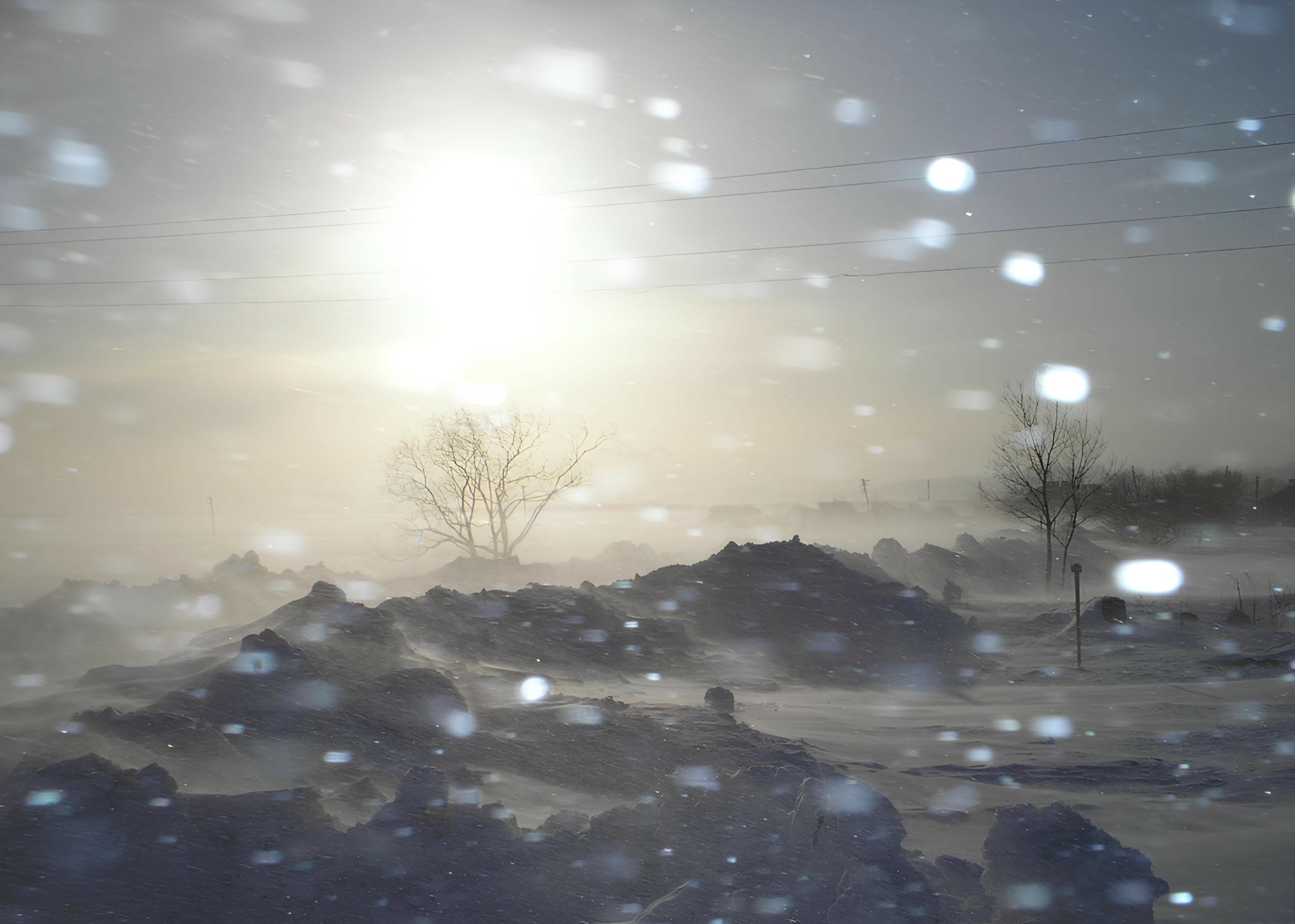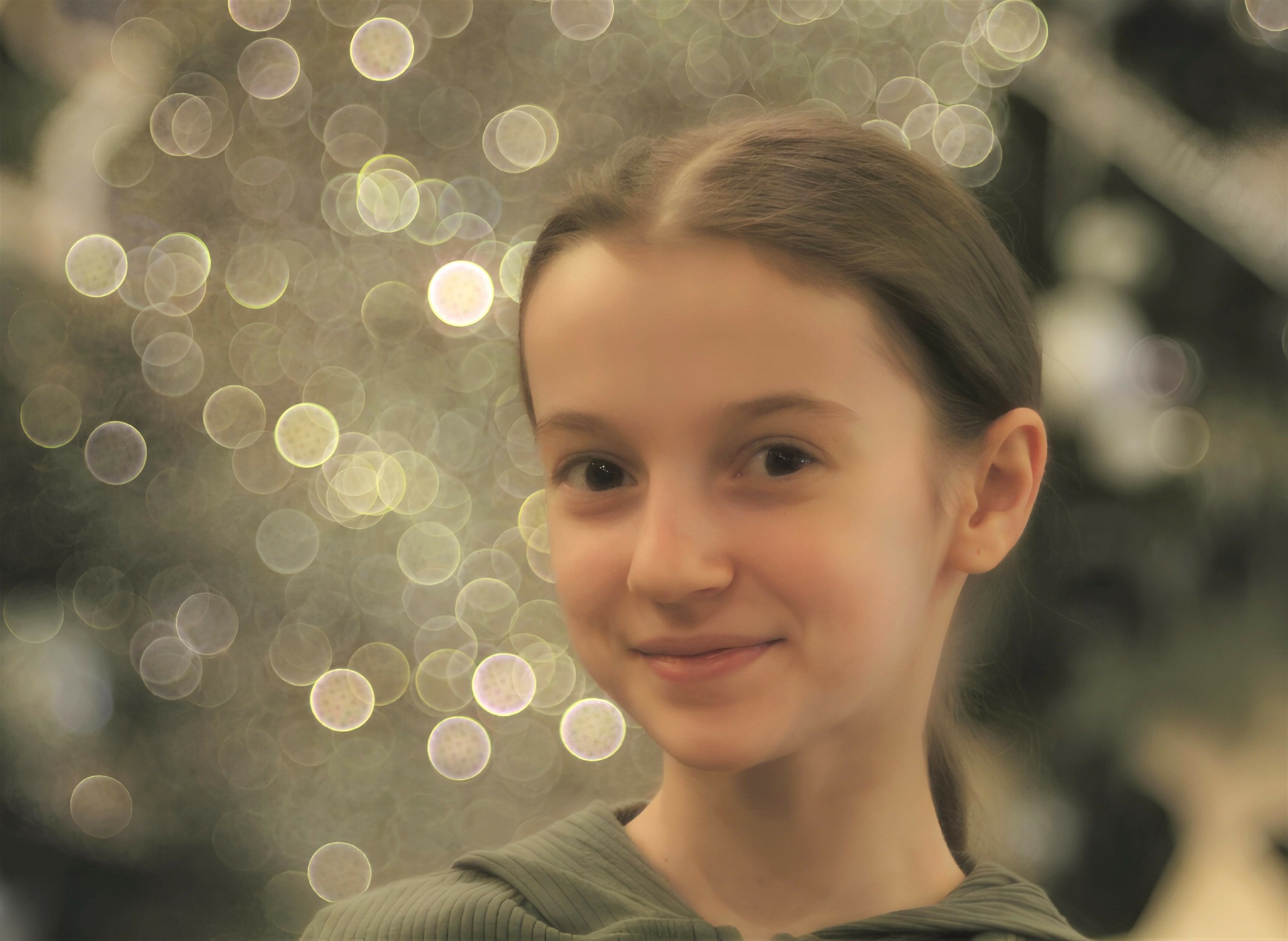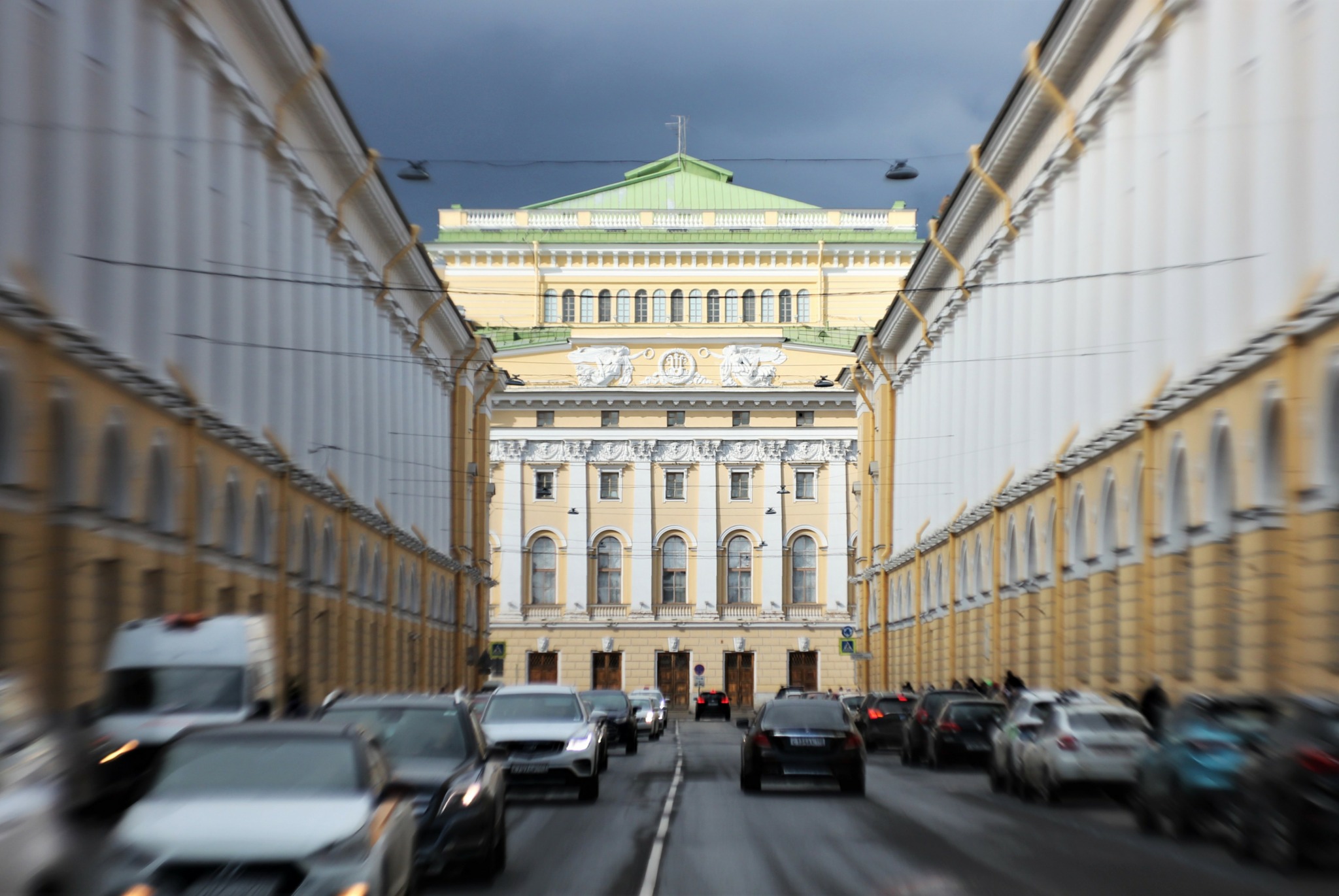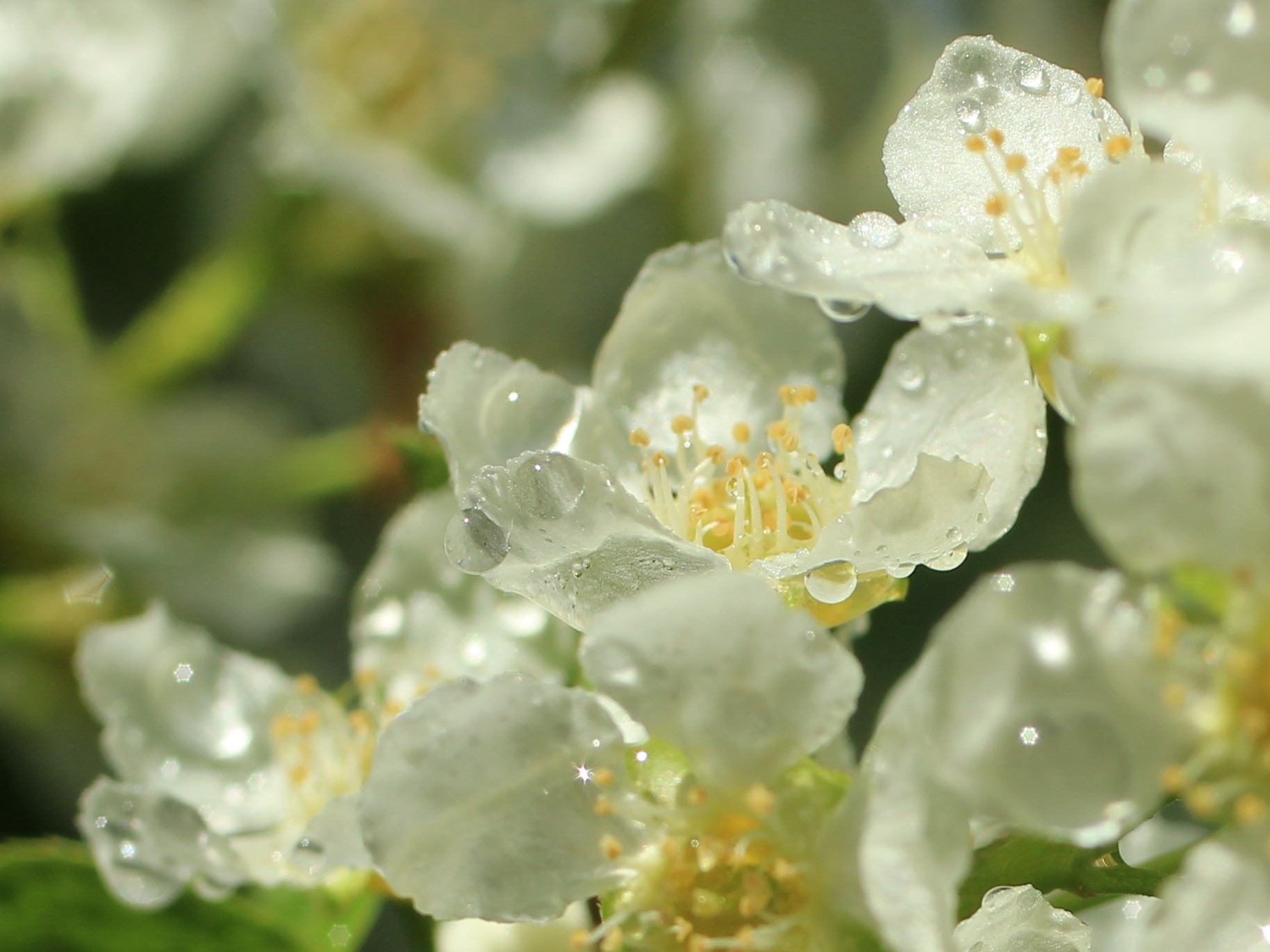We recently connected with Natalia Mamaeva and have shared our conversation below.
Hi Natalia, thanks for joining us today. Can you talk to us about a project that’s meant a lot to you?
Life has an amazing variety of aspects, where every moment, every event, and every person creates an original picture of reality. The world around us is an endless mosaic of human destinies, cultural traditions, and historical eras.
Originating in the middle of the 19th century, photography, as an art form, has the exceptional ability to capture these moments, transforming them into timeless images.
The photographer’s camera reflects the entire spectrum of the surrounding world: from heartwarming moments of love and tenderness to acute social problems and contradictions.
Through the lens of photography, we can see how society is changing, how values are transforming, and how culture is developing. Photographers are becoming chroniclers of our time, preserving for future generations not only the external appearance of the era, but also its spirit, mood, and character. Their works help us better understand ourselves, each other, and the world around us, demonstrating the diverse nature of human life.
Thus, photography becomes not just an art form, but an important tool for understanding society, which allows us to see and preserve those aspects of life that often go unnoticed in the rush of everyday life.
The world is many-sided and its reflections are countless, but in my art I try to focus on kind and gentle reflections.
My most meaningful project, my goal, my mission is to remind and emphasize through my photographs that beauty, tenderness, and kindness are eternal values and the most important foundations of human existence. They are timeless, independent of fashion or social trends, and remain constant guides in every person’s life. Like the three whales that hold up the world, these values shape the foundation of our existence, giving life meaning and making it rich with deep significance.
It is precisely through the reflection of these eternal values that we can see the true essence of human being and understand that it is they that make our world truly beautiful and harmonious.
This is the goal, mission, and philosophy of my photography. And this is the most meaningful project I have worked on.


Natalia, before we move on to more of these sorts of questions, can you take some time to bring our readers up to speed on you and what you do?
I have been involved in photography for almost twenty years.
In my work, I lean toward the rules of the classic school of photography, which, in turn, has its roots in the centuries-old heritage of classic visual art.
It is classical visual art that has the unique ability to most fully and deeply reflect the kindest and most tender aspects of the world, due to its fundamental basis—the aspiration for perfection of form, harmony of color, and light. With the centuries-old traditions and refined techniques, it is possible to create works where every line and every stroke are imbued with warmth and light, and every composition is filled with a high feelings and sincere love for the world. It is classical painting and sculpture that most perfectly embody such human qualities as tenderness, kindness, and beauty.
Carefully balanced proportions in the frame, based on the legacy of classical visual art, natural lighting, and only minimal use of computer image processing—these are the credo of my work.
My favorite genres are portrait, landscape photography, and everyday life photography. My art includes portraits of my daughters, boundless landscapes from various corners of the planet, and, of course, reflections of the architectural marvels of Saint Petersburg, the city where I live.
I cannot say that the path I have chosen is an easy one.
The modern world is a world of computer technology, and every day there is a growing trend toward generating realistic images with artificial intelligence. Computer technology for processing and generating images, especially with artificial intelligence, can greatly ease the labor of the photographer and provide them with a tool of unprecedented power.
Modern technologies can undeniably enrich the creative process and make the work of a photographer a whole lot easier, but they shouldn’t replace the photographer as the creator of their work.
This traditional approach requires a deep understanding of optical laws and skill in working with photographic equipment. Creating a photographic work entirely with optical means is the highest level of professional skill for a photographic artist.
This path takes a incomparably greater effort, but it’s definitely worth it — over the last year, these photos have won a number of top awards at exhibitions in Russia, the UK, China, Mexico, and other countries around the world.
For example, last fall, the photographic work “Magic of Lines” was awarded a second-degree “silver” diploma by the Art Gallery of Mexico City, the capital of Mexico.
Another photo, “The Way to the Sky”, featuring one of Saint Petersburg’s “calling cards” — well-like courtyards has repeatedly received the highest praise at international competitions and exhibitions. For example, in 2024 in Vietnam, when it was the part of an exhibition representing Russian creativity and cultural heritage, organized by the Russian Center for Science and Culture at the Embassy of the Russian Federation.
And later, in 2025, this work, according to a jury of more than 100 experts with outstanding international reputations from Russia, the United States, Australia, Brazil, Germany, the Netherlands, Italy, France, and thirteen other countries, was awarded a first-place diploma at one of the most significant events in Russian cultural life, the Russian Art Awards 2025. 1,800 works were presented in this international cultural project, and only 49 works were awarded the highest award. “The Way to the Sky” is one of them.
Since spring 2025, “The Way to the Sky” has been on display in London as part of the Geometry exhibition at the Carlotta Olympia Pompei Gallery, one of the most outstanding private art galleries in the United Kingdom.
In my work, I also pay a lot of attention to photographing the endless variety of landscapes in different corners of the world, and, first and foremost, Russia.
Russia is a unique country. It is the largest country in the world, with boundless expanses stretching from Kaliningrad to Chukotka and a climate ranging from Arctic to subtropical. This is one of my favorite topics.
One example I can mention is a photograph of a winter landscape of the Far East endless expanses, on which I captured a Sakhalin blizzard back in 2006. This photographic work waited many years in the wings and, after almost twenty years, finally found appreciation among connoisseurs of landscape art, receiving the highest praise at the “Landscapes of Russia” photo exhibition under the title “Winter Dance” in the “Natural Landscape” nomination.
It would not be immodest to mention that the photo “Winter Dance” was also selected by the Russian Cultural Center in Beijing to be displayed at the photo exhibition “New Year’s Picture: Russia and China.”
The exhibition was jointly organized with the World Art Foundation to promote Russian-Chinese relations, expand bilateral cultural ties between the two largest countries on the planet, and celebrate the 75th anniversary of the establishing of diplomatic relations between Russia and China. The photo “Winter Dance” was chosen by the exhibition organizers to reveal the beauty of Russian winter to viewers from the Celestial Empire, as an example of the depiction and symbol of Russian winter landscapes.
But it’s not just photo contests that shape a creative path.
A number of my photographs (portraits and still lifes) have been accepted for publication in illustrated journals dedicated to fashion and style. These include journals such as: VIGOUR (Canada), Figgi Magazine (Italy), Style Cruze (USA).
Since recently, I have also been exploring the theoretical aspects of photographic artwork. The scientific article, “Types of bokeh as a way to work with the background in portrait photography” was published in the International Scientific Journal of Arts and Humanities (JAH), one of the most authoritative scientific journals in the United States specializing in the theoretical scientific foundations of various areas of design and visual arts. This article talks about how to use different types of bokeh in portrait photography to neutralize, control, and transform the background.
The bokeh method is one of my most favorite ways to emphasize the subject of photography. This is most noticeable in photo portraits.
Some of his photographs, taken using the bokeh technique, were presented to the public as part of a solo exhibition “The Tenderness of Moments,” which took place last December as part of Russian Arts Week, an annual event traditionally held in the Russian capital, Moscow.
This visual effect was used to emphasize the power of centuries-old peace in the photo of the same name, “Peace,” and the coolness of the morning sea fog of the Baltic Sea in the photo “Baltic Fog,” the crystal clarity of raindrops on pine needles in the photo “Pine Freshness of Rain,” and the first red and yellow hues of early autumn in the photo “Colors of Autumn.” And, of course, it allowed me to accentuate the tenderness and dreaminess of the girl, my eldest daughter, in the photo “Where Have You Been Before?”.


We’d love to hear the story of how you built up your social media audience?
I do not aim to be a blogger in the traditional sense, and my main task is not to attract as large an audience as possible by any means and methods. Therefore, my main advice is this: never try to copy other people’s ideas or imitate others. Find your unique path in creativity and follow it, despite all the difficulties. Your social network page, as a reflection of your creative path, is sure to find its connoisseurs and attract regular subscribers. It is important to remain true to yourself and your artistic principles, and then your sincerity will surely strike a chord with your audience.


Are there any books, videos, essays or other resources that have significantly impacted your management and entrepreneurial thinking and philosophy?
It’s a pretty difficult question. It is very hard to pick out one book. All the books I’ve read have contributed to me as a person and to my work as a reflection of my views and thoughts. But, as an example, I can mention my husband’s favorite book, which has recently become one of my favorites as well: “Modern Wizard of the Laboratory”.
It tells about the life of the eminent American physicist Robert Williams Wood, often called the “father of modern physical optics”. But, surprisingly, this book is also about photography.
As one of the most brilliant physicists of his time, Robert Wood left a profound legacy in special types of photography, optical physics, astrophysics, and other areas of science.
It should be noted that Robert Wood performed his fundamental experiments on extremely simple equipment, which he often assembled himself from sticks, wire, mirrors, glass lenses and other simple things.
This once again confirmed my belief that you don’t need a lot of complicated stuff to get awesome results.
This story is written by William Seabrook
Contact Info:
- Website: https://natalia-mamaeva.kavyar.site/


Image Credits
Polina Mamaeva – my daughter


